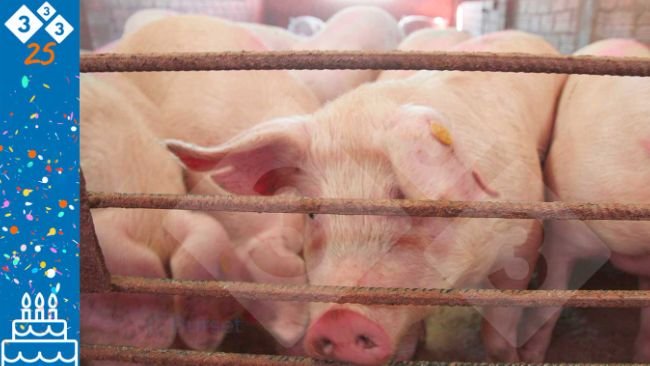
Reflecting on 20 years of PRRS
PRRS creates frustrating challenges as it seems we have to keep learning the same lessons we already know, along with the occasional new chapter.

PRRS creates frustrating challenges as it seems we have to keep learning the same lessons we already know, along with the occasional new chapter.

Consider these factors when deciding to eliminate or control PRRSv.
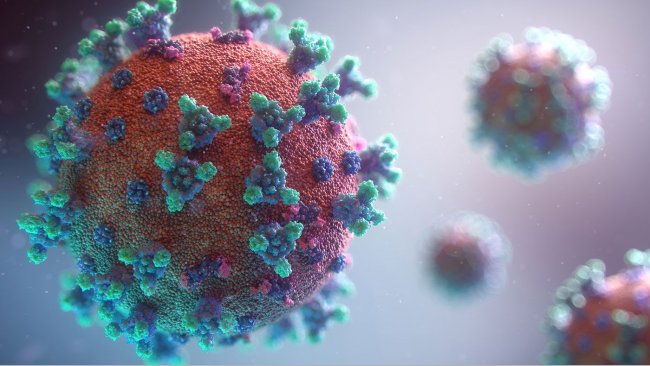
Lessons learnt from two of the most important virologists of the north American swine industry, Dra. Torremorell and Dra. Culhane, from other coronavirus outbreaks than spread globally within the swine industry.

Nurse sows may represent a source of infection to the newly adopted pigs.

Montse Torremorell speaks about different alternatives that are being explored to obtain live animal samples at a reasonable cost.

We propose to use the processing fluids, the liquid accumulated at the bottom of the pail when farmers collect tails and testicles during routine procedures as a sample.
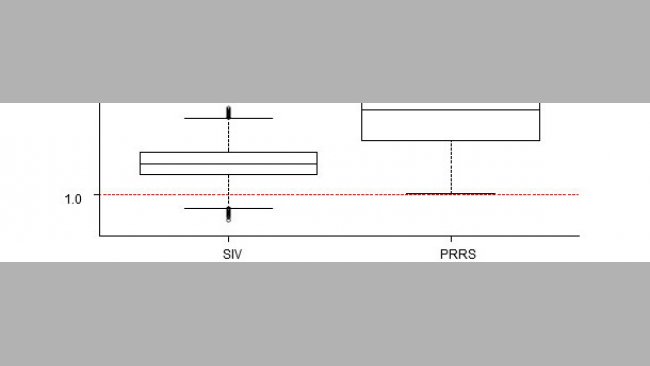
Infection with swine influenza virus and porcine reproductive and respiratory syndrome during the suckling period was associated with an increase in post-weaning mortality (more limited in the case of SIV and of larger magnitude for PRRSV).

The most direct strategy to decrease the concentration in the air of airborne pathogens is dust reduction. This article describes the use of a particle ionization system called EPI.
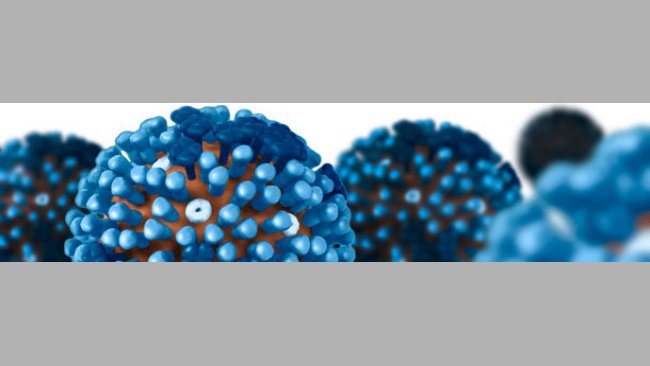
Influenza infections are self-limiting at the individual animal level with infection lasting between 5 and 7 days approximately. However, influenza virus is considered endemic in swine populations worldwide, and is not uncommon to find between 3 and 5% of pigs positive to influenza virus at slaughter.
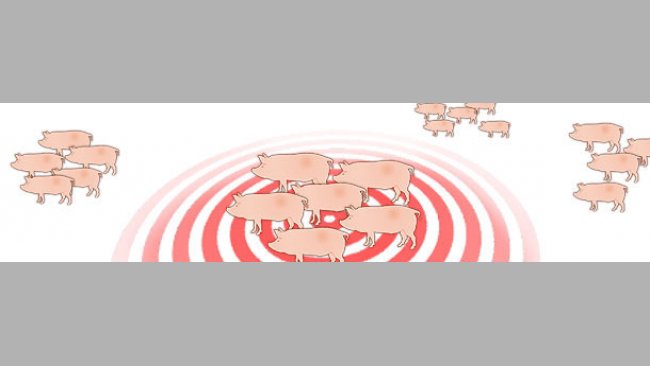
Replacement gilts recently introduced and piglets prior to weaning are the main risk groups.
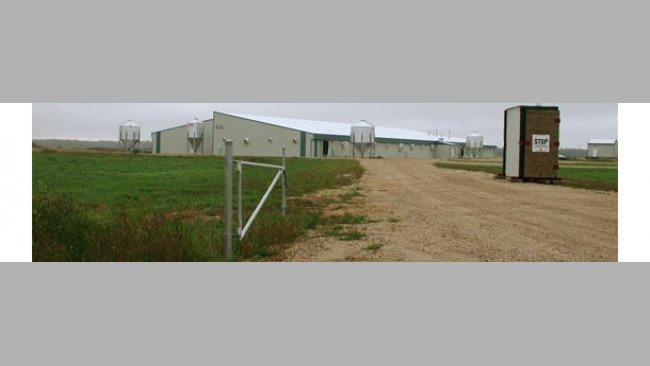
One of the challenges when conducting a disease elimination project is to ensure that the pathogen has in deed been eliminated from the herd.
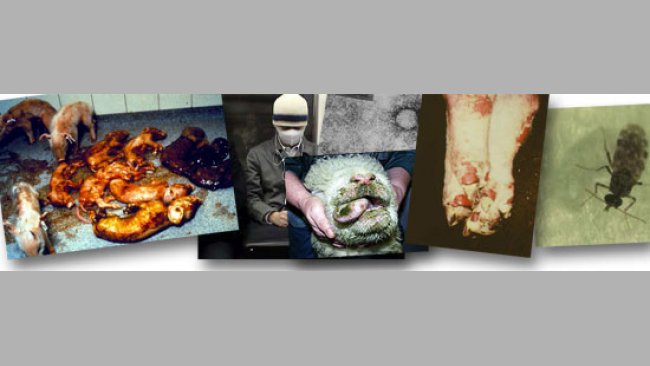
As better information systems capable to measure change in disease patterns, vector distribution and environmental conditions are put in place, we may be surprised about the range of diseases directly or indirectly already affected by climate change.
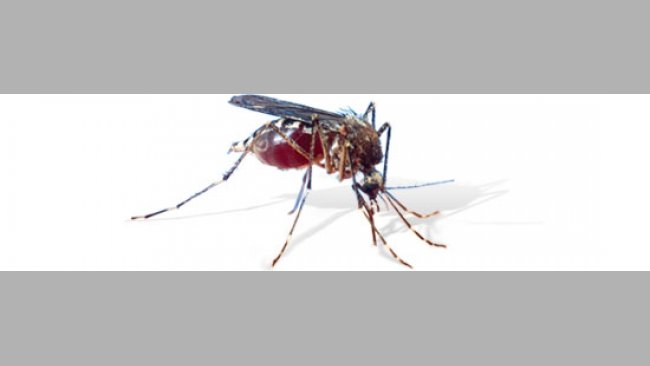
Welcome to 333
Connect, share, and interact with the largest community of professionals in the swine industry.
Celebrating 137784Users on 333!
Sign upAlready a member?